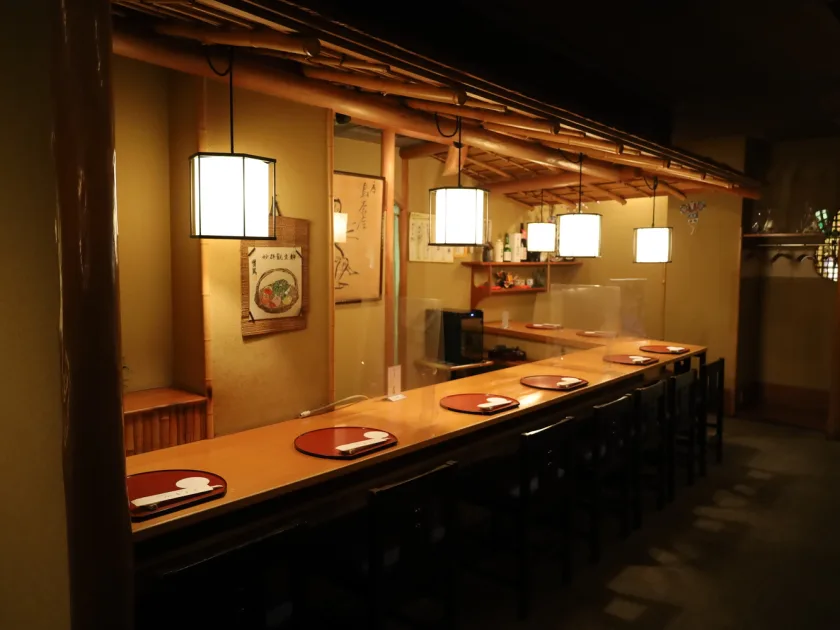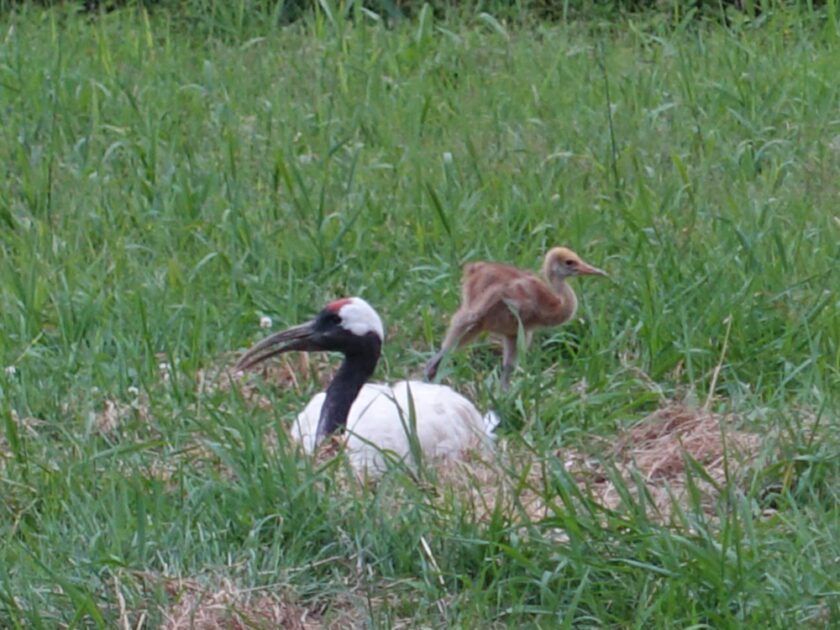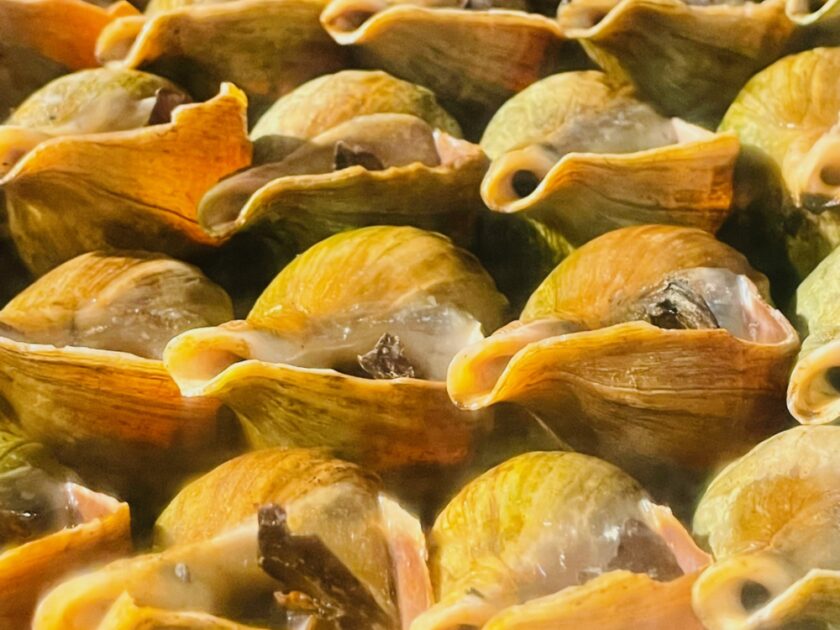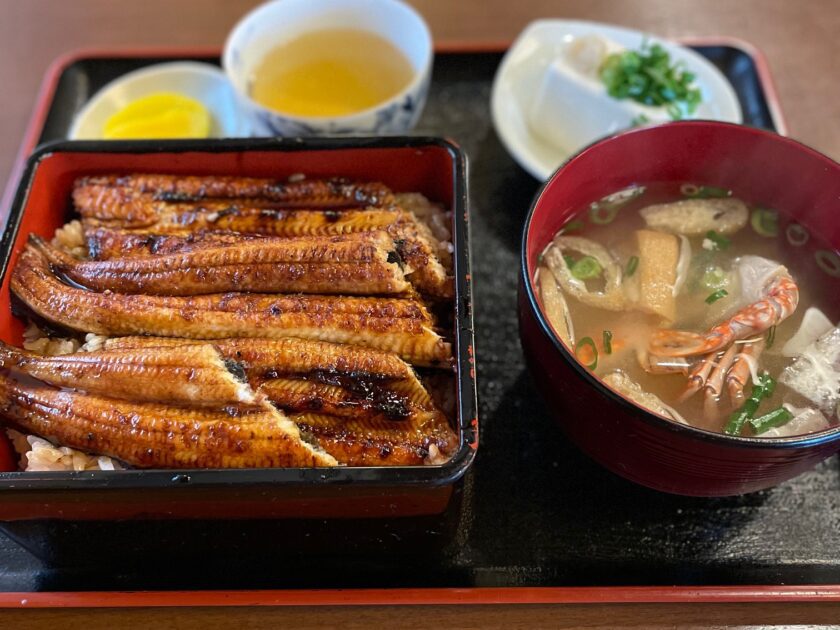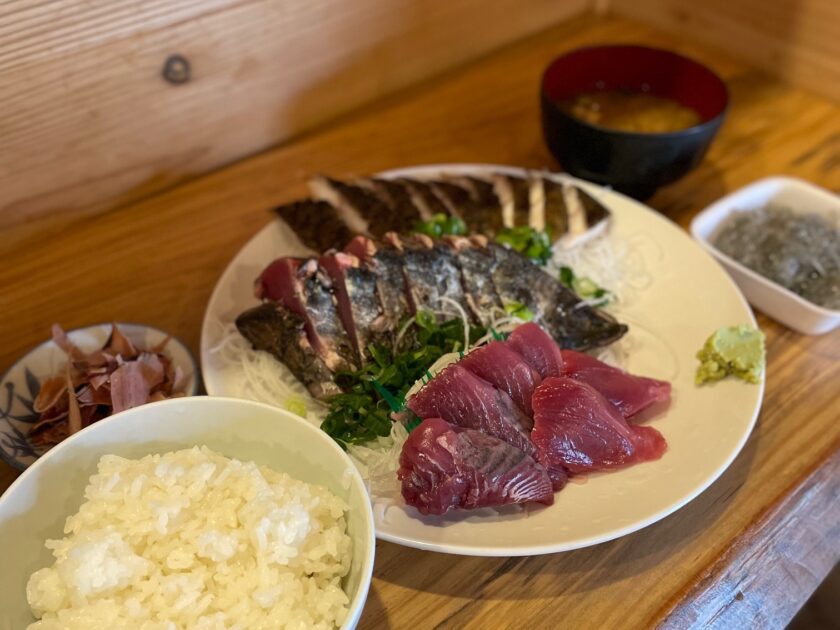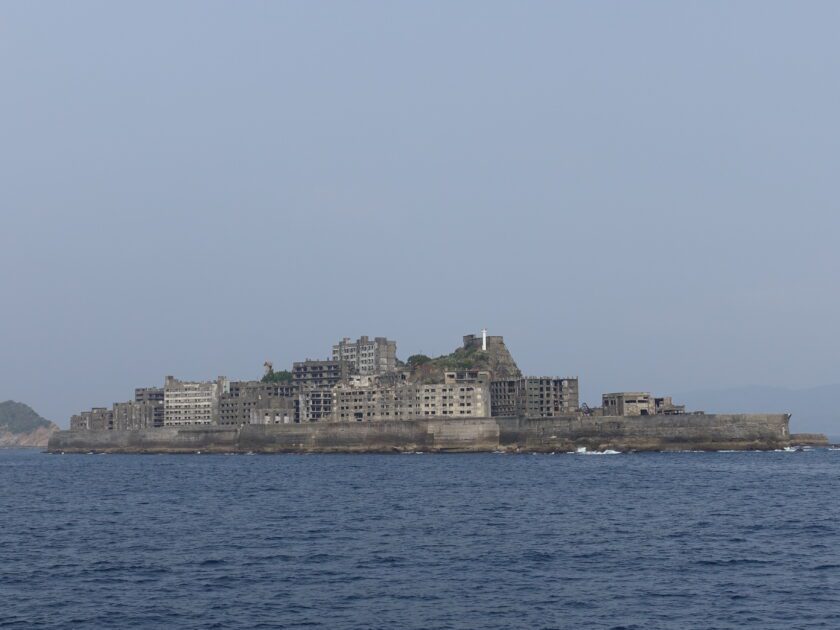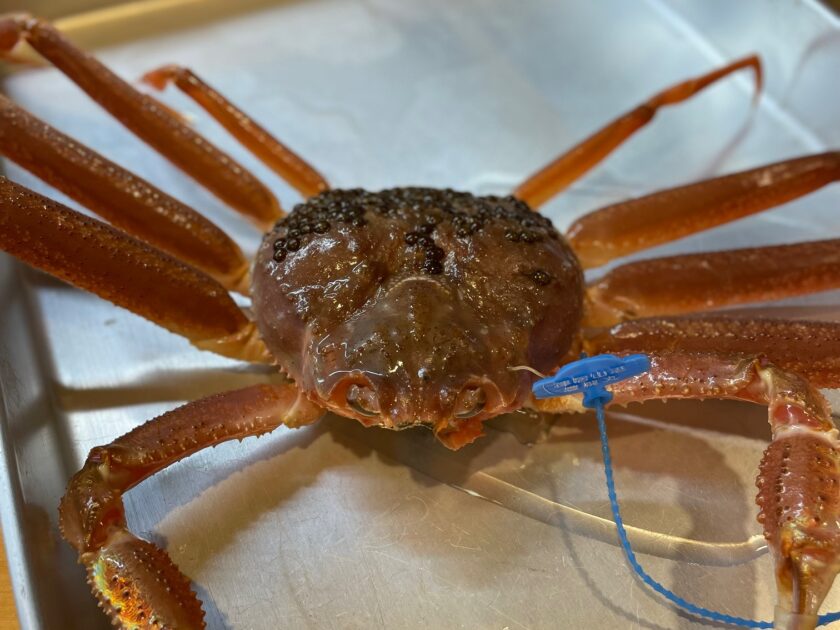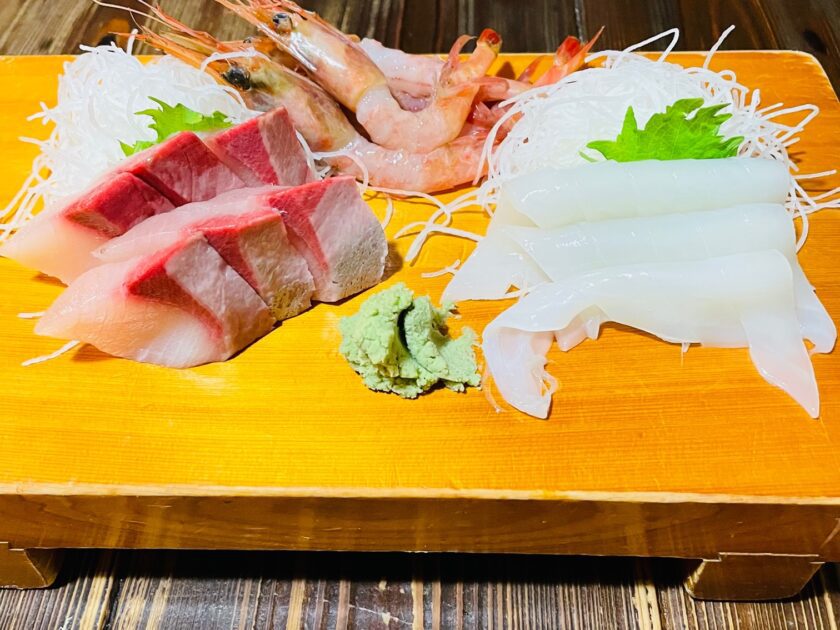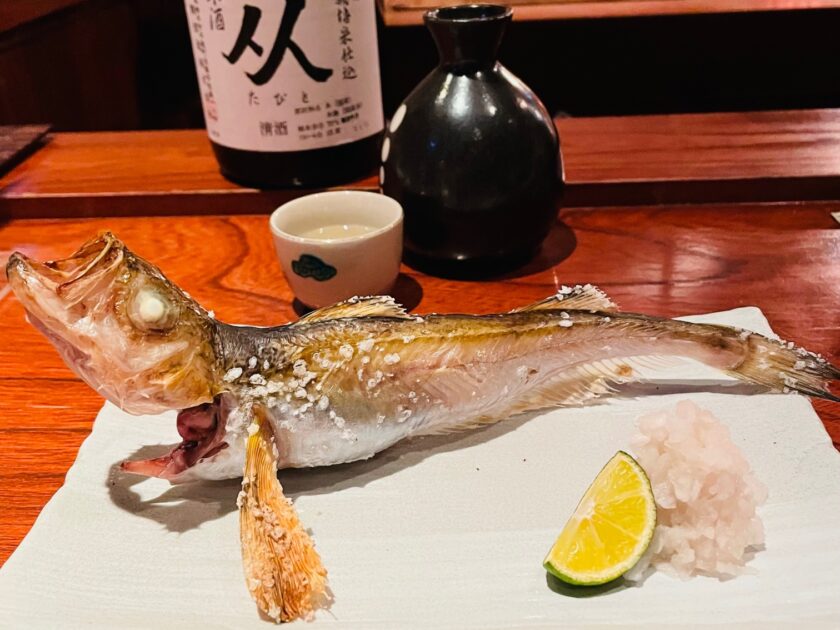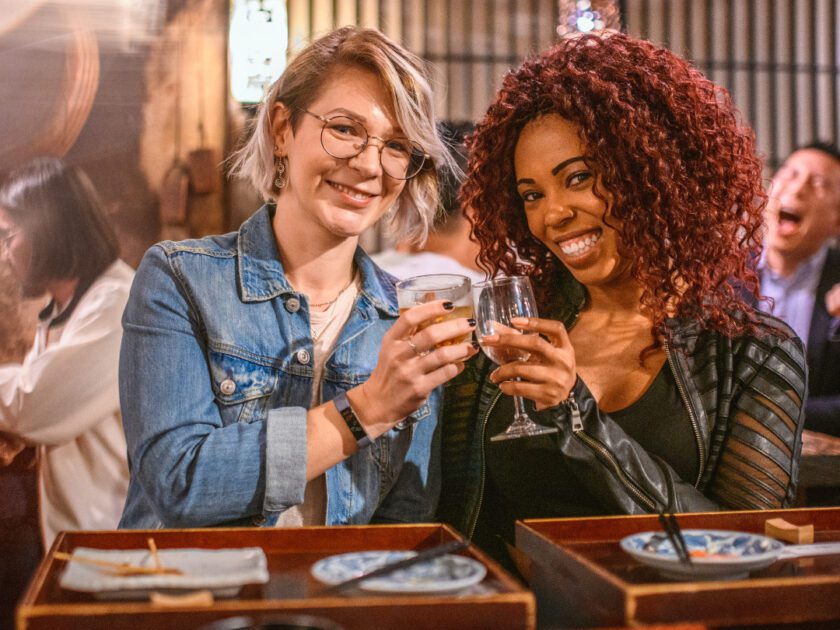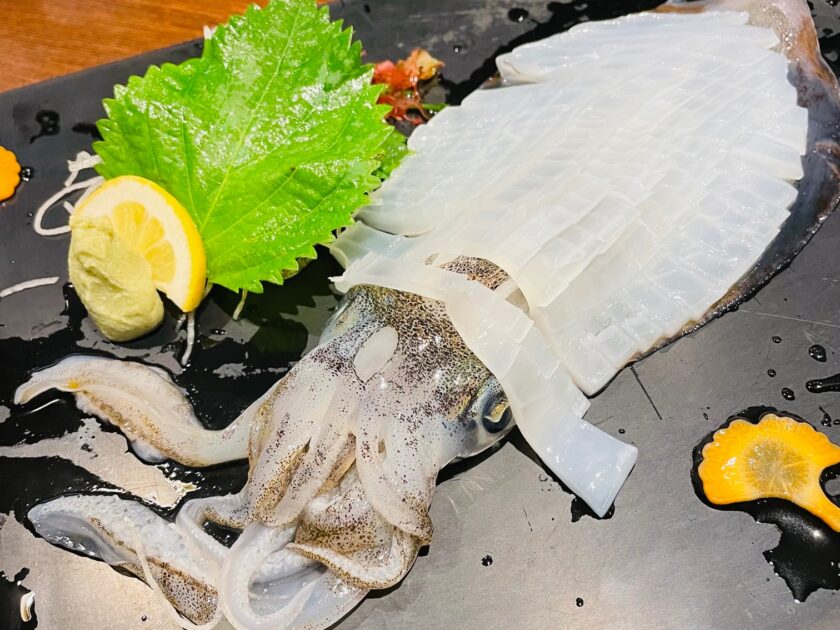Discover the Best Japanese Restaurants in Shinjuku, Tokyo: A Gourmet Journey in Kagurazaka
Kagurazaka: Shinjuku’s Hidden Gourmet Gem Nestled in the heart of Tokyo, Kagurazaka stands as a testament to Japan’s rich culinary tradition, boasting about 500 dining establishments. This premier entertainment district is not just famous for its quantity but also for its quality, with over half of its restaurants featured in the Michelin Guide, making it a significant contributor to Shinjuku Ward’s gourmet scene, accounting for about 8% of all Michelin-listed restaurants in Tokyo. A Blend of Tradition and Modernity Historically renowned as a geisha district, Kagurazaka offers an exquisite blend of high-end ryotei (Japanese restaurants) and a plethora of Western dining options, thanks to the influence of the Tokyo French Institute. This unique combination has earned Kagurazaka the nickname ‘Japan’s Montmartre,’ attracting food connoisseurs worldwide with its irresistible cultural allure. Embark on an Authentic Izakaya Tour Are you eager to delve into Kagurazaka’s hidden culinary treasures with a local guide? Despite its fame among Tokyoites, Kagurazaka remains largely undiscovered by foreign travelers. Join us on an exclusive izakaya tour to uncover local favorites and navigate the Japanese menu with ease, thanks to your knowledgeable guide. Experience Kagurazaka’s Hospitality Culture Indulge in delectable food and drinks while

